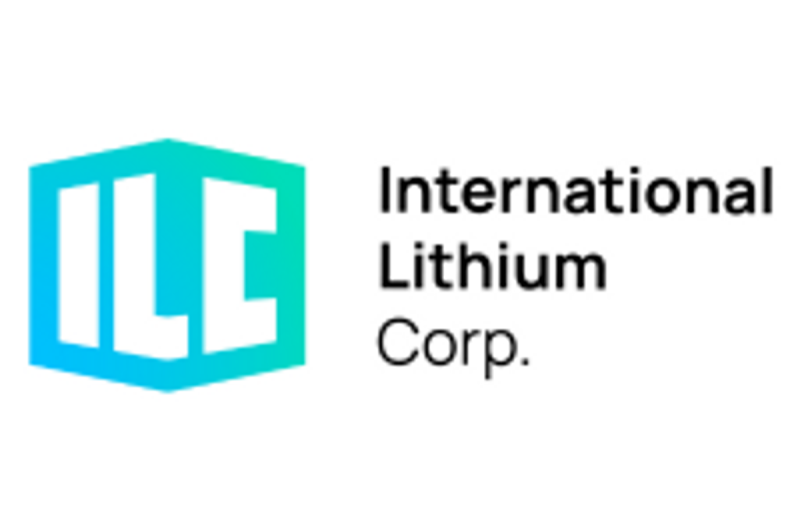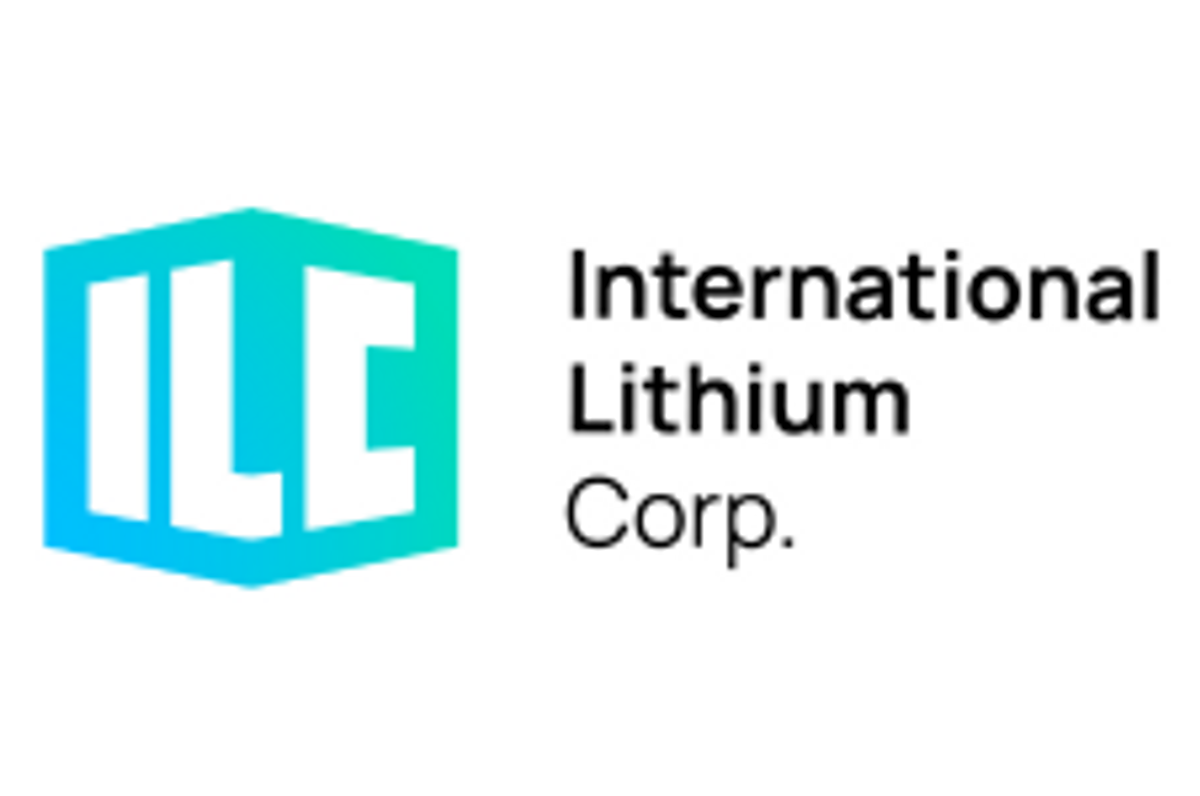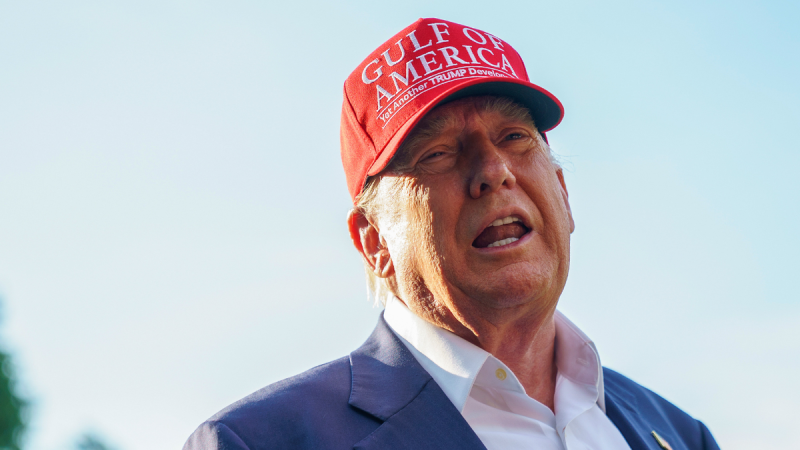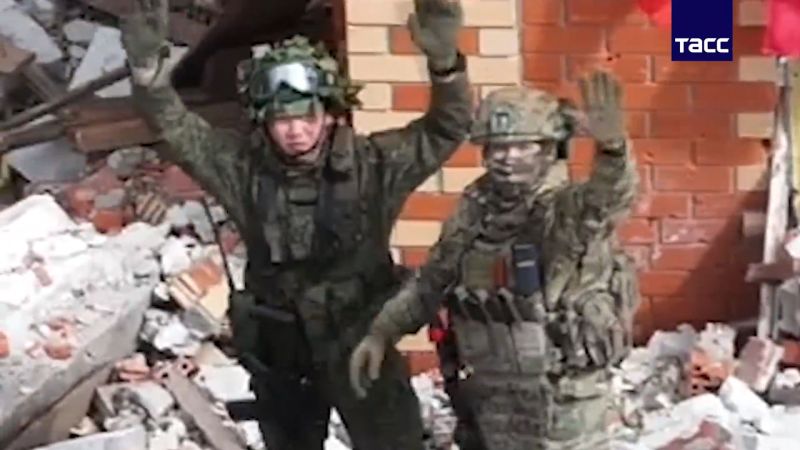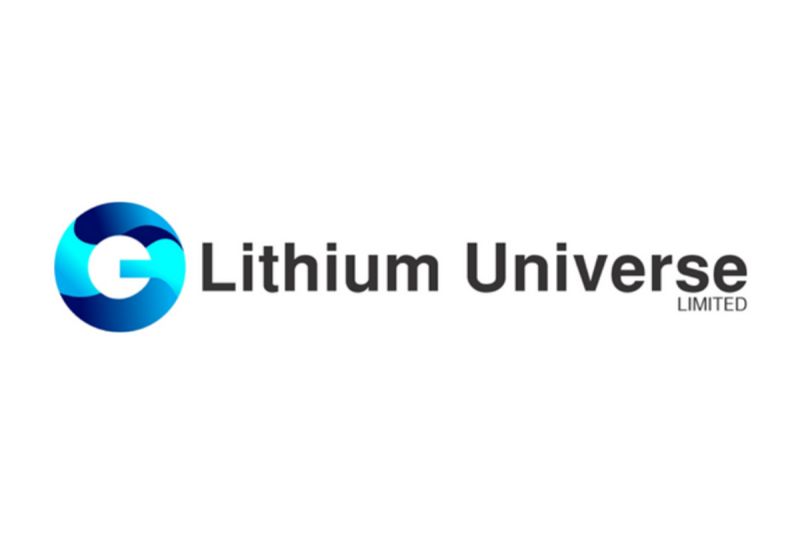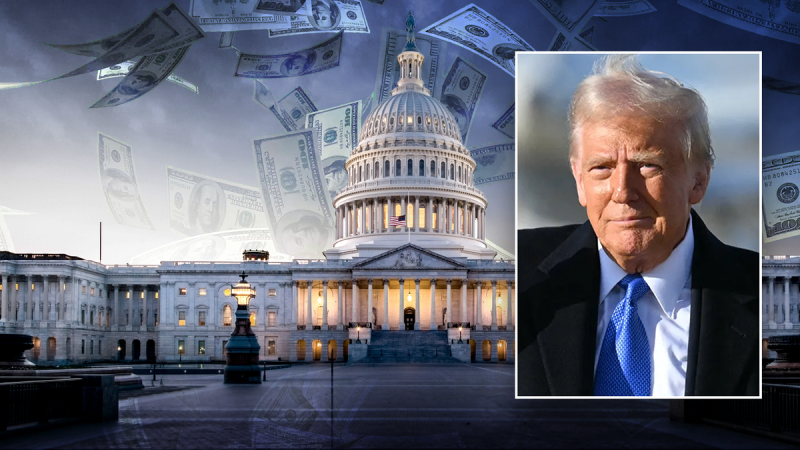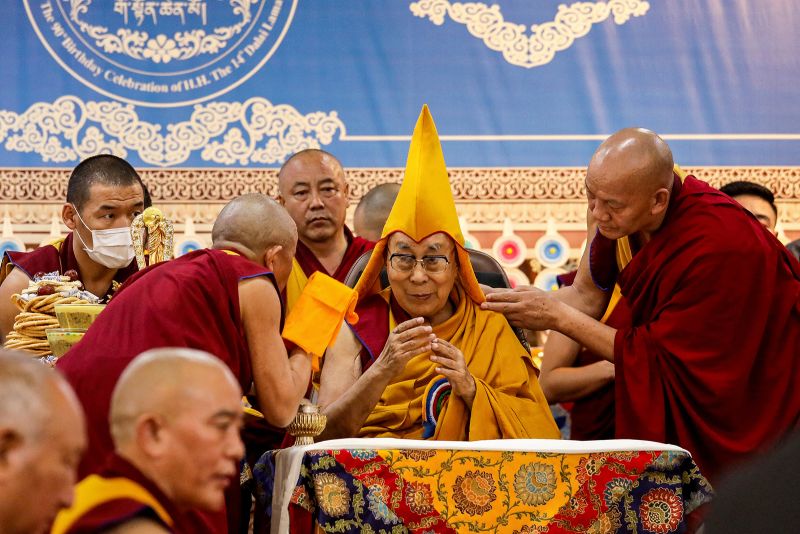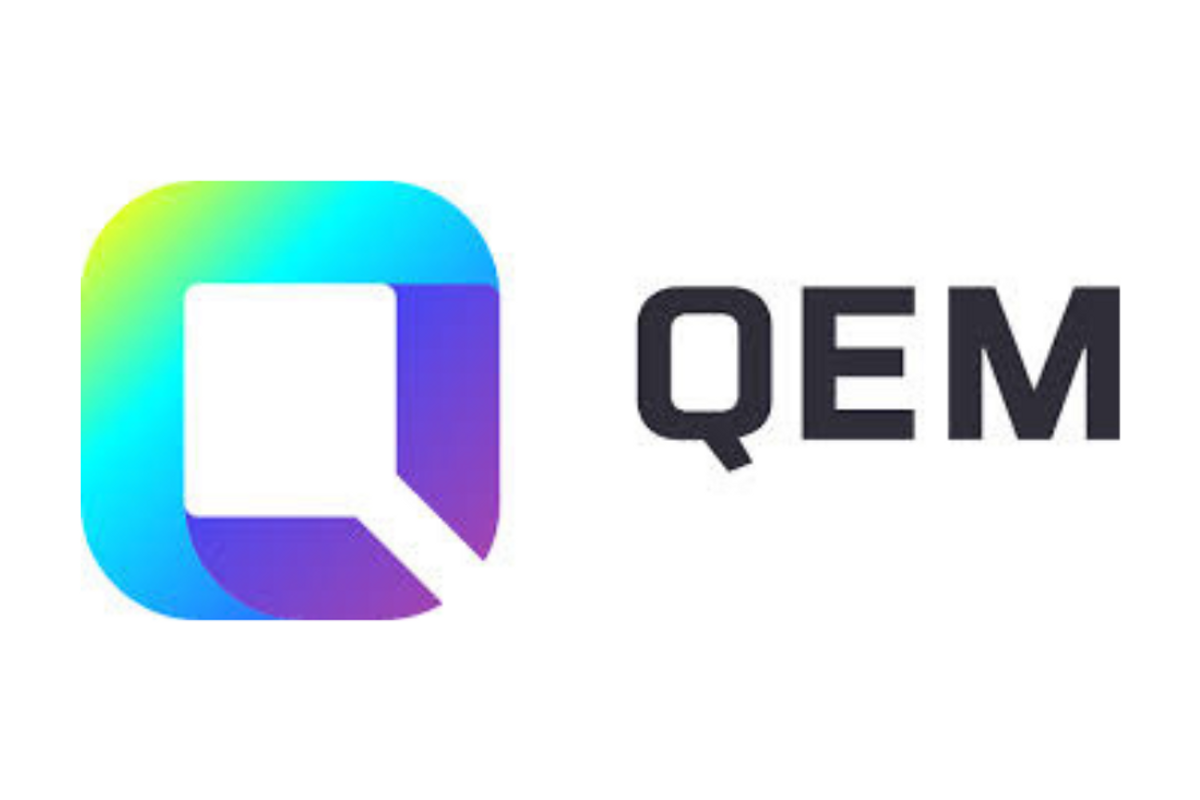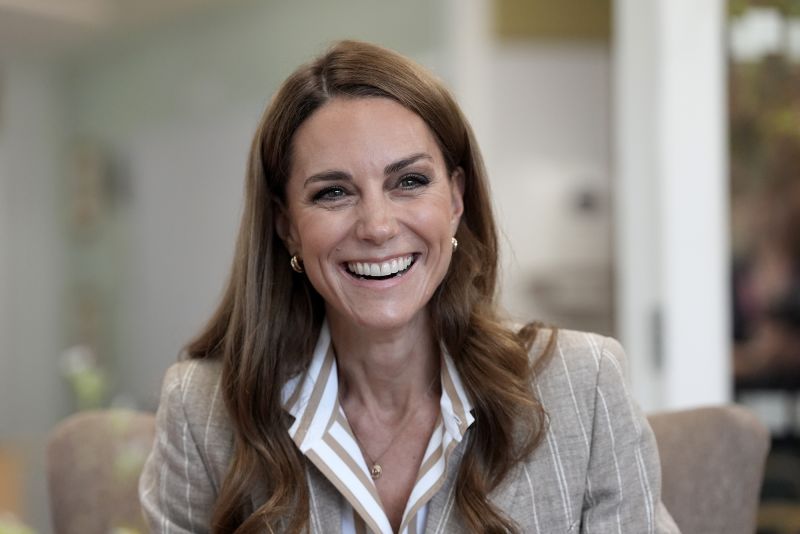
Catherine, Princess of Wales visited a wellbeing garden at Colchester Hospital on Wednesday, marking her first public appearance since she unexpectedly dropped out of an appearance at Royal Ascot two weeks ago.
Kate visited the hospital garden in the southeast of England to “celebrate the incredible healing power of nature,” according to Kensington Palace.
During the visit, the princess also met with patients and staff at the hospital’s Cancer Wellbeing Centre “to understand how gardens in healthcare settings play a crucial role in promoting good health outcomes, preventing poor health and supporting increased recovery time,” the palace said.
Kate, 43, has underlined the importance of nature in her health journey over the last year.
“Over the past year, nature has been my sanctuary,” she said in a video posted on X to mark Mental Health Awareness Week in May.
Kate revealed her cancer diagnosis and that she had started chemotherapy last March. As she underwent treatment, she stepped back from public life and only made a few rare appearances last summer. In September, she announced she had completed chemotherapy and was “doing what I can to stay cancer free.”
Although she has taken on more appearances this year, the popular royal is understood to be working to find the right balance as she returns to public duties after treatment.
Before dropping out of Ascot at short notice, Kate had attended a number of engagements in recent weeks, including two major events in the royal calendar, the Trooping the Colour parade in London and the Order of the Garter service in Windsor.
She resumed in-person duties last week when she and Prince William invited Melinda French Gates for a meeting at Windsor Castle. They were understood to have discussed their philanthropic work, according to Britain’s PA Media news agency.
Kate’s visit to Colchester Hospital on Wednesday coincided with the hospital accepting a donation of 50 “Catherine’s Rose” plants, a specially-bred rose named in her honor by the Royal Horticultural Society. She planted some of these roses, which, when sold commercially, will have their proceeds donated to The Royal Marsden Cancer Charity.
Kate has become deeply involved in the charity since her diagnosis. In January, Kensington Palace announced that she had been named the joint patron of The Royal Marsden NHS Foundation Trust, the specialist cancer center in Chelsea, west London, where she was treated.
Funds from the sale of these roses will be used to help the charity establish a specialist program helping cancer patients live well with the disease, and after their treatment has been completed.



